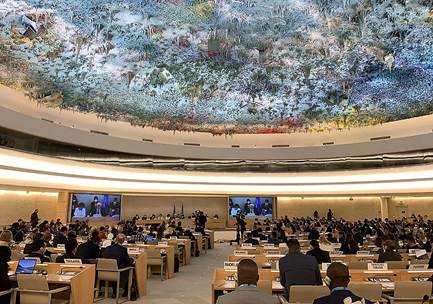Free Courses Sale ends Soon, Get It Now


Free Courses Sale ends Soon, Get It Now



Copyright infringement not intended
Context: India voiced concern over the “lack of measurable progress” in Sri Lanka’s promised political solution to the long-pending Tamil national question, while making an unusual reference to the crisis-hit island nation’s “debt-driven” economy in the context of its current crisis.
More on the news:
Background:
https://epaper.thehindu.com/Home/ShareArticle?OrgId=GUOA9496M.1&imageview=0
© 2024 iasgyan. All right reserved